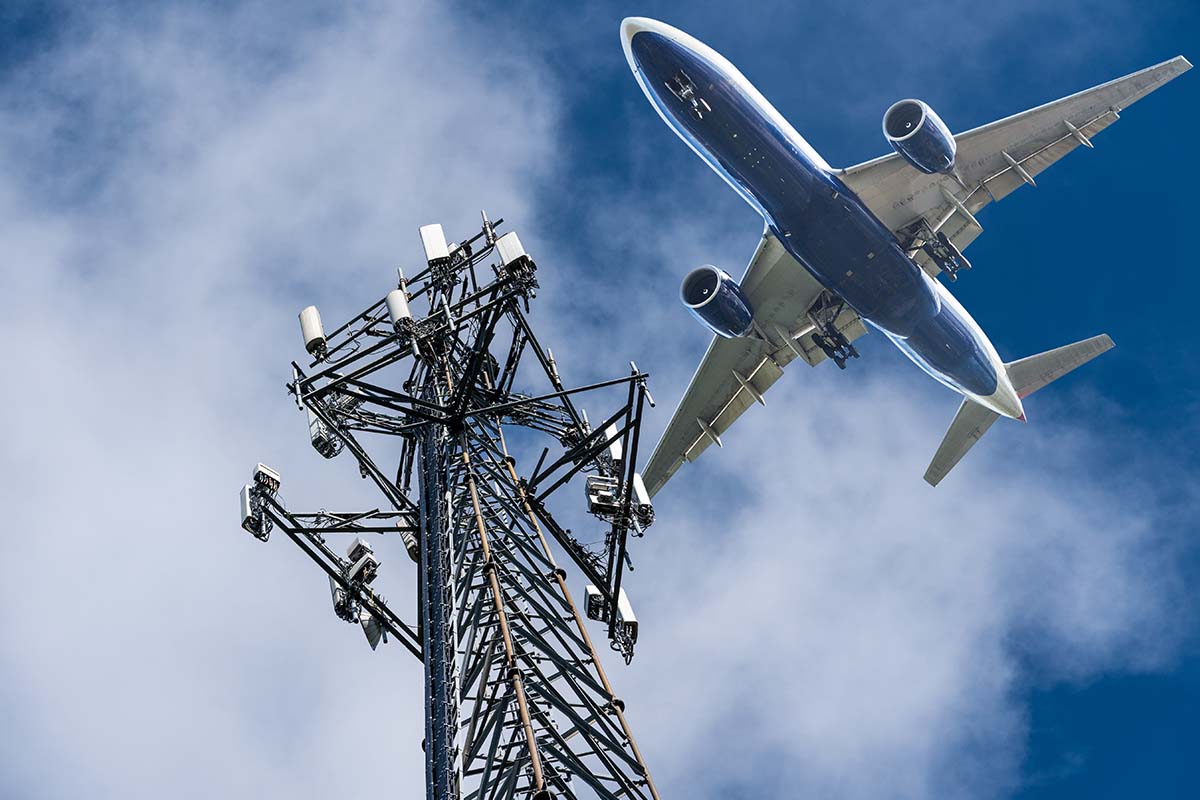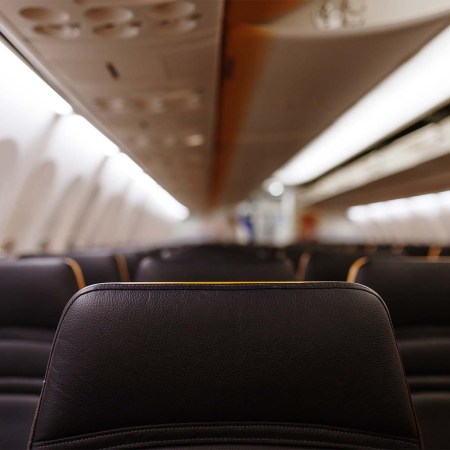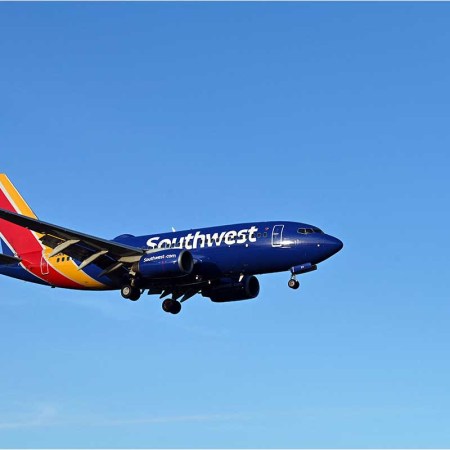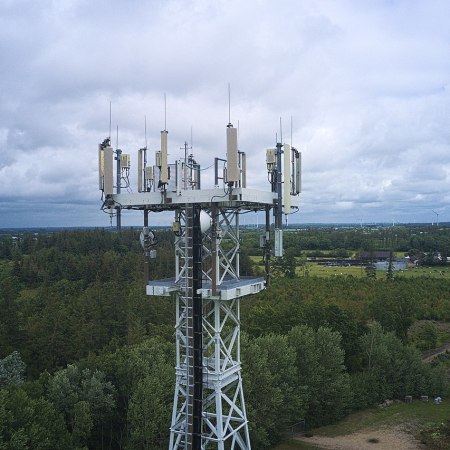The European Commission will open up the use of 5G technology on planes, paving the way for faster service of messaging, phone calls and data services while in the air.
“Passengers aboard flights in the EU will be able to use their mobile phones to the maximum of their capacity and features, just like with a ground-based 5G mobile network,” the Commission said in a press release.
“5G will enable innovative services for people and growth opportunities for European companies,” says EU commissioner Thierry Breton. “The sky is no longer a limit when it comes to possibilities offered by super-fast, high-capacity connectivity.”
On the technology side, airlines will be equipped with special network equipment (a “pico-cell”) to connect passengers and route calls, texts and data, typically via a satellite network, between the airplane and the ground-based mobile network.
Inflight 5G will use different frequencies than what’s used for cockpit communication. While U.S. carriers have been adamant that 5G will cause “catastrophic disruptions” in flights, the real and solvable issue seems to be retrofitting the planes with equipment that won’t cause interference.
The bad news here? It’s not that the technology behind 5G has brought up some privacy issues (and some ridiculous conspiracy theories). It’s more about personal comfort. While European fliers will be able to use their phones without causing safety issues or having to switch their phones to the dreaded “Airplane Mode,” this EU tech decision opens the door to passengers making calls on flights.
We’re all for better connectivity on flights. We’re also big fans of not hearing our neighbors engage in pointless phone calls while we’re trapped in a flying tube for hours. Here’s hoping that the airlines themselves decide to limit this powerful 5G connection to data, text and streaming services (headphones required).
Thanks for reading InsideHook. Sign up for our daily newsletter and be in the know.

















